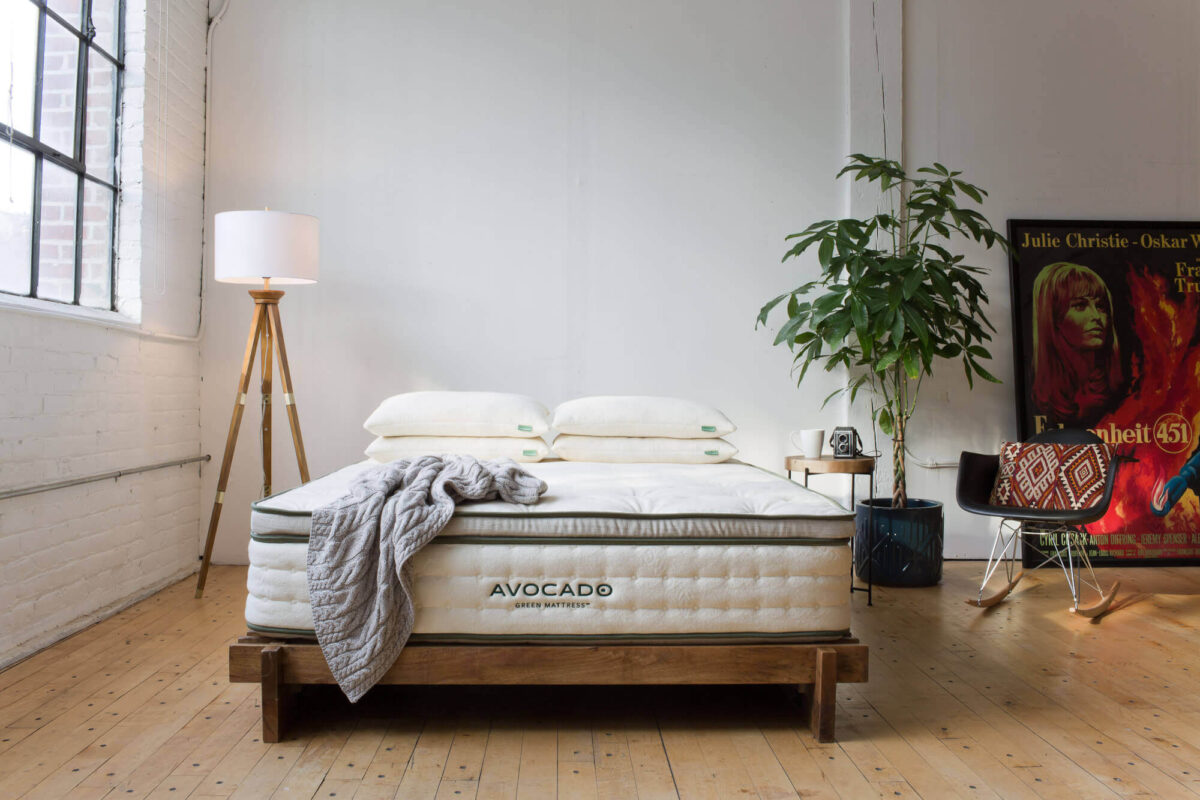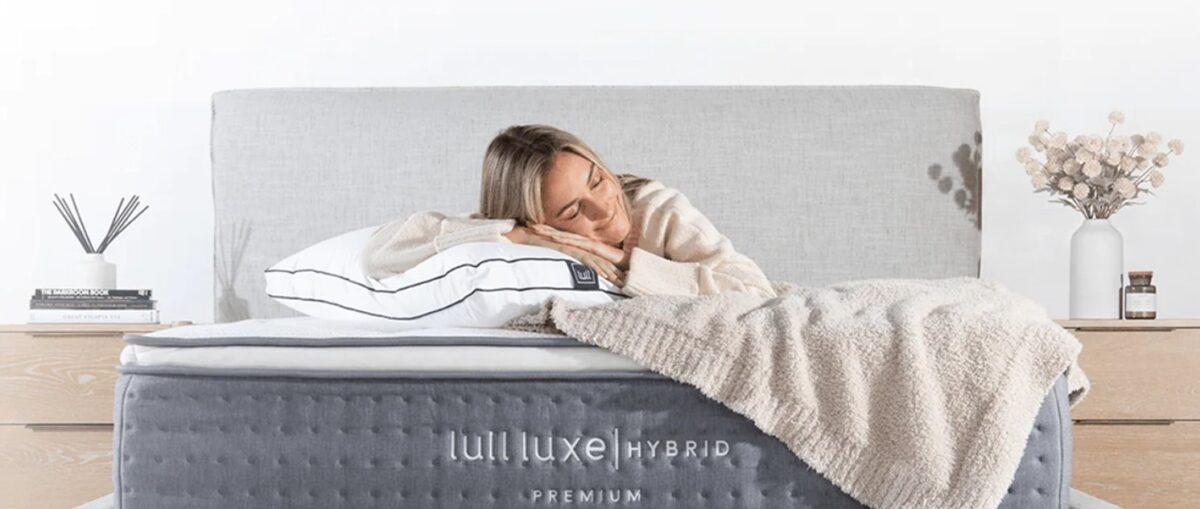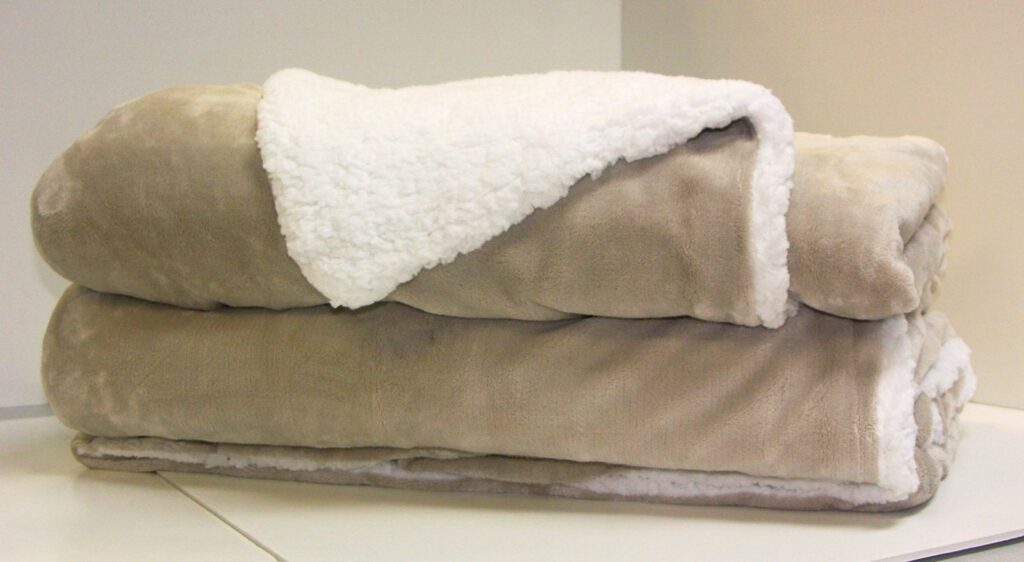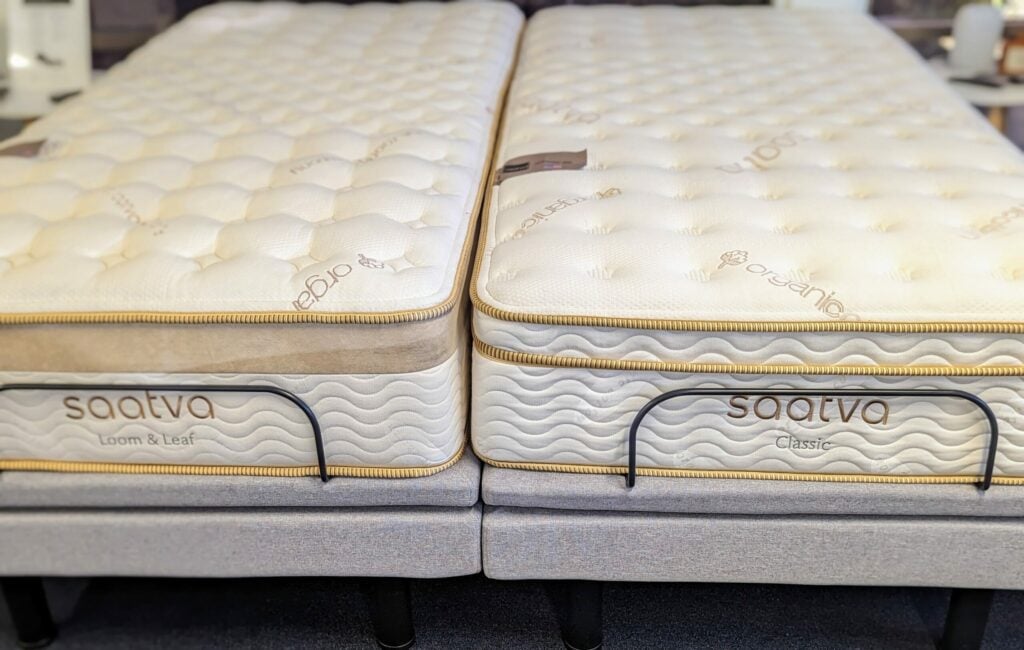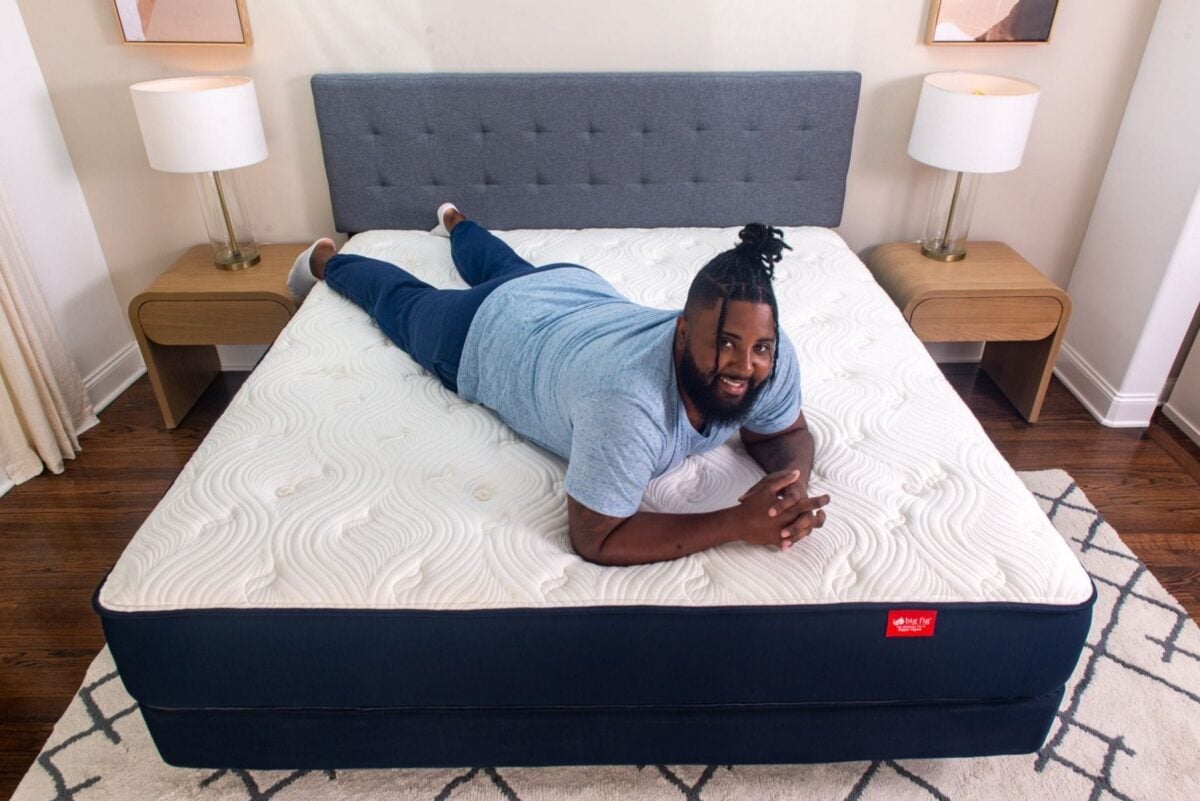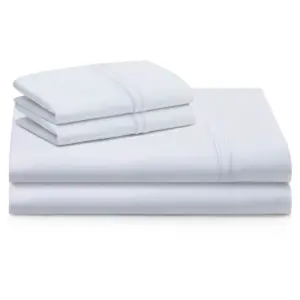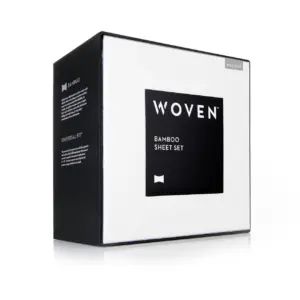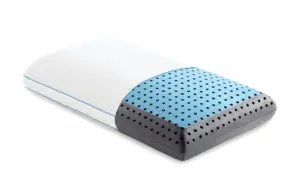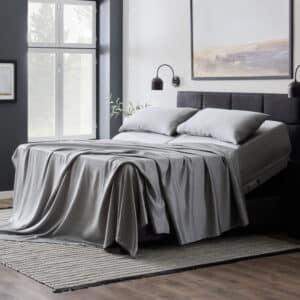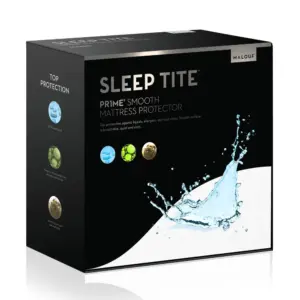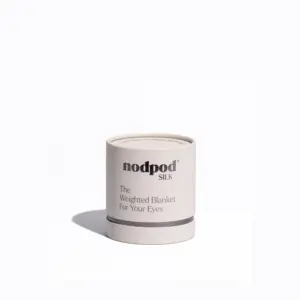The Ins and Outs of Quilts vs. Coverlets: Compare Bedding Options
Understanding Quilts and Coverlets
When it comes to selecting the perfect bedding, understanding the distinctions between quilts and coverlets is crucial. Both serve functional and aesthetic purposes but cater to different needs and preferences. Let’s explore these two popular bedding options in detail to help you make an informed choice.
What is a Quilt?
A quilt is a traditional bedding staple that has been cherished for centuries. It consists of three distinct layers: two outer fabric layers encasing a thick inner layer of batting, which is typically crafted from materials such as cotton, wool, or synthetic fibers. This construction not only provides substantial warmth but also offers a cozy texture.
Types of Quilts
Quilts can be primarily categorized into two styles:
1. Patchwork Quilts: These quilts are made from numerous small pieces of fabric sewn together to create a larger design or pattern. Often brimming with color and creativity, they serve as both functional bed covers and canvases for artistic expression. The intricate designs can feature anything from simple geometric shapes to elaborate scenes.
2. Wholecloth Quilts: In contrast, wholecloth quilts utilize a single, continuous piece of fabric for the top layer. Their appeal lies in their decorative stitching, which produces beautiful patterns and textures that enhance the elegance of your bedding.
Benefits of Quilts
Quilts aren’t just visually appealing; they offer several practical advantages:
– Exceptional Warmth: Their construction provides excellent insulation, making quilts a perfect choice for colder weather or as an additional layer during transitional seasons.
– Stylish Versatility: Quilts can be used alone or layered with other items, serving as a decorative element when draped over a bed or folded at the foot.
– Heirloom Quality: Many families pass down quilts through generations, making them cherished heirlooms rich in history and sentiment.
What is a Coverlet?
A coverlet, also known as a bedspread, is a lightweight bedding option designed as the top layer of a bed. Unlike quilts, coverlets are generally made from a single piece of fabric and lack the inner batting. This makes them thinner and perfect for warm climates or as an additional overlay for extra coziness.
Types of Coverlets
Coverlets come in numerous styles, ensuring there’s an option for every taste:
– Plain Styles: Simple, minimalist designs that provide a modern, clean look.
– Patterned Styles: These feature various designs ranging from geometric to floral motifs that can enhance your bedroom’s aesthetic.
– Decorative Trim: Some coverlets include stylish trims like lace or embroidery, which add elegance and sophistication.
Benefits of Coverlets
Coverlets also offer numerous benefits that contribute to their popularity:
– Lightweight Comfort: Ideal for summer months, coverlets provide just the right amount of coverage without excessive warmth.
– Easy Layering: They can be effortlessly layered beneath a comforter or duvet for added insulation on chillier nights.
– Style Adaptability: Coverlets can enhance the aesthetic appeal of your room, available in both understated and intricate designs that complement your decor.
Quilt vs. Coverlet: Key Differences
Understanding the disparities between quilts and coverlets can dramatically influence your bedding selection. Here are the primary aspects to consider:
Construction Variances
– Quilts: Made with two outer layers enveloping an inner layer of batting, quilts are heavier and boast a textured feel thanks to their quilting technique. This construction often features artistic stitching and patterns that make quilts a standout piece in bedroom décor.
– Coverlets: Constructed from a single layer of woven fabric, they are lighter and more breathable. While they can present intricate designs, they typically remain more streamlined compared to quilts.
Warmth and Thickness
– Quilts: Generally thicker and more insulating, quilts are perfect for colder months. They may serve as the primary bedding layer in winter or be used as an additional layer for warmth.
– Coverlets: With their lightweight nature, coverlets are ideal for milder seasons. They can be layered with other bedding items or utilized alone during warmer nights.
Style and Aesthetic
– Quilts: Often feature rich, detailed designs due to decorative stitching and patterns. With matching shams and bed skirts, quilts can create a cohesive, visually appealing look for your bedroom.
– Coverlets: Available in a range of designs from simple to ornate, coverlets can include decorative trims, offering a polished and sophisticated aesthetic.
How to Decide Between a Quilt and a Coverlet
When choosing between a quilt and a coverlet, consider the following factors:
Climate Considerations
– Warm Weather: Coverlets are lightweight and breathable, making them an obvious choice for hot summer nights. However, if you prefer the quilted style, choose one with lighter batting.
– Cool Weather: For colder months, opt for quilts, which provide superior warmth. Layer a coverlet beneath a heavy comforter for enhanced insulation.
Personal Style
– Decorative Elements: Quilts tend to have intricate stitching that adds character, while coverlets come in various styles, including minimalist and ornate patterns. Choose based on what resonates with your personal style and bedroom décor.
Layering Strategies
– Top Layer: Use quilts for added warmth and texture or coverlets for a sleek finish. Layering is essential, especially in transitional seasons, where both options can provide comfort and aesthetic appeal.
Conclusion
Navigating the choice between a quilt and a coverlet need not be daunting. Understanding the differences allows you to select the option that best suits your climate, style preferences, and layering needs. Each brings its own unique set of benefits, ultimately enhancing your sleep experience.
At Yawnder, we strive to simplify your bedding selection process by offering a diverse collection of quilts and coverlets. Whether you’re drawn to the warmth and tradition of quilts or the lightweight elegance of coverlets, our range caters to every need. With our focus on quality and style, you can create the bed of your dreams. Explore our options today and transform your sleep environment into a cozy sanctuary!


